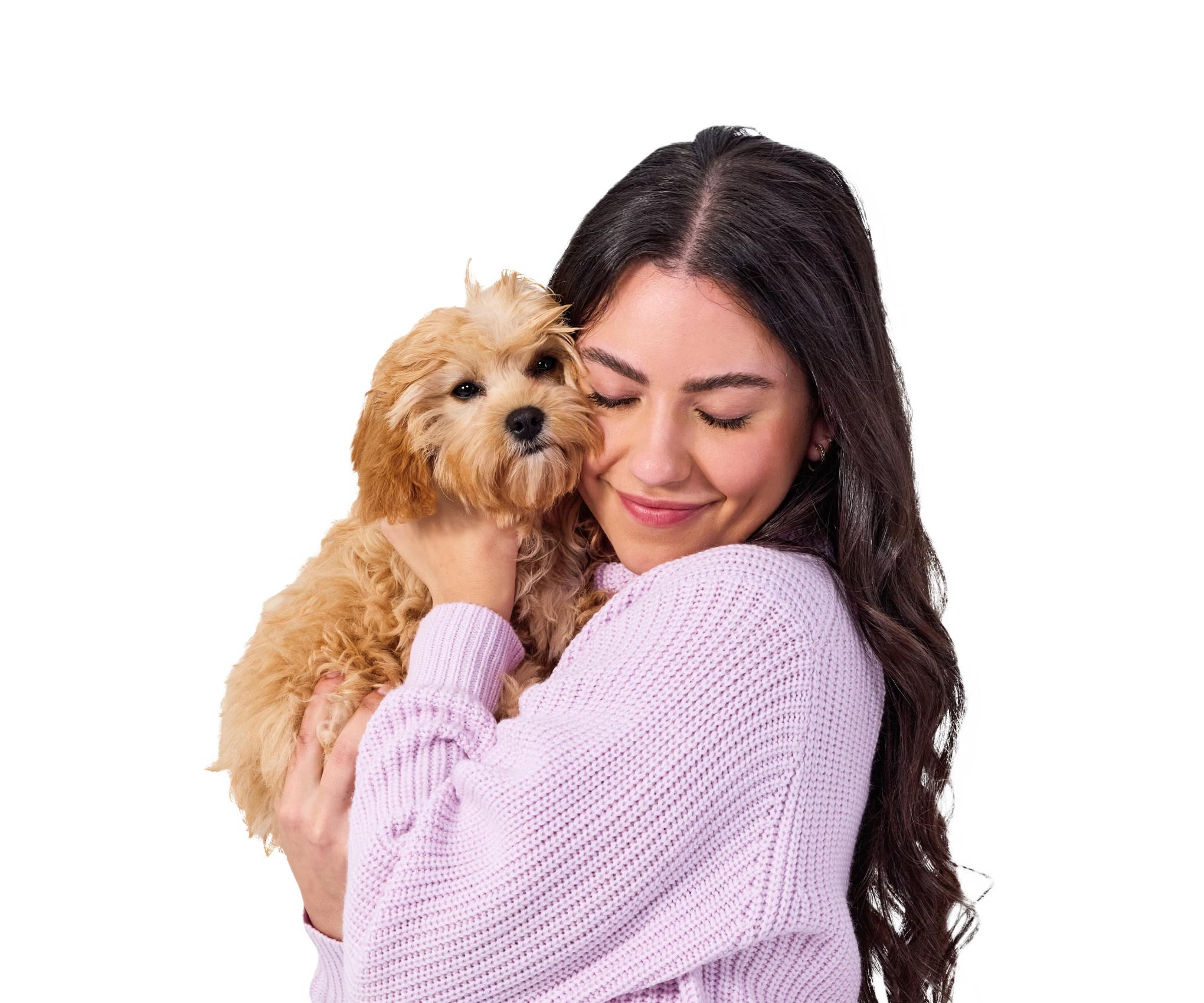Coat Color Dilution and Neurological Defects (Discovered in the Miniature Dachshund)
Coat Color Dilution and Neurological Defects is a syndrome in which affected puppies demonstrate lighter coat colors and neurologic abnormalities, such as difficulty lifting their head and trouble maintaining upright posture. The associated genetic variant has been identified in the Miniature Dachshund.
Found in
Fewer than 1 in 100,000 dogs
in our testing
Key Signs
Diluted or lighter coat colors, Difficulty lifting head, Difficulty maintaining upright posture, Inability to stand or walk, Abnormal behaviors
Age of Onset
At birth
Present at birth
Inheritance
Autosomal Recessive
For autosomal recessive disorders, dogs with two copies of the variant are at risk of developing the condition. Dogs with one copy of the variant are considered carriers and are usually not at risk of developing the disorder. However, carriers of some complex variants grouped in this category may be associated with a low risk of developing the disorder. Individuals with one or two copies may pass the disorder-associated variant to their puppies if bred.
Likelihood of the Condition
High likelihood
At risk dogs are highly likely to show signs of this disease in their lifetime.
What to Do
Here’s how to care for a dog with Coat Color Dilution and Neurological Defects
Partner with your veterinarian to make a plan regarding your dog’s well-being, including any insights provided through genetic testing. If your pet is at risk or is showing signs of this disorder, then the first step is to speak with your veterinarian.
For Veterinarians
Here’s what a vet needs to know about Coat Color Dilution and Neurological Defects
Coat Color Dilution and Neurological Defects is a syndrome associated with a variation in the MYO5A gene leading to neurologic and dermatologic changes. Affected puppies may have lighter coat colors and display neurologic abnormalities at birth or within the first few weeks of life. Neurologic signs may include the inability to keep their heads upright, trouble holding a stable upright position, inability to stand or walk, and atypical puppy behavior (such as not whimpering when separated from a group and not seeking littermates).
Upon initial observation of clinical signs, affected dogs should be closely monitored to assess welfare, such as ability to nurse and risk of injury by mother or littermates. Due to the severity of neurologic deficits, the prognosis is considered poor and euthanasia may be considered based on welfare concerns.
For Breeders
Planning to breed a dog with this genetic variant?
There are many responsibilities to consider when breeding dogs. Regardless of test results it is important that your dog is in good general health and that you are in a position to care for the puppies if new responsible owners are not found. For first time or novice breeders, advice can be found at most kennel club websites.
This disorder is autosomal recessive, meaning two copies of the variant are needed for a dog to be at an elevated risk for being diagnosed with the condition. A carrier dog with one copy of the Coat Color Dilution and Neurological Defects (Discovered in the Miniature Dachshund) variant can be safely bred with a clear dog with no copies of the Coat Color Dilution and Neurological Defects (Discovered in the Miniature Dachshund) variant. About half of the puppies will have one copy (carriers) and half will have no copies of the variant. Puppies in a litter which is expected to contain carriers should be tested prior to breeding. Carrier to carrier matings are not advised as the resulting litter may contain affected puppies. Please note: It is possible that disorder signs similar to the ones associated with the Coat Color Dilution and Neurological Defects variant could develop due to a different genetic or clinical cause.
Technical Details
| Gene | MYO5A |
|---|---|
| Variant | Insertion |
| Chromosome | 30 |
| Coordinate Start | 18,004,551 |
| Coordinate End | 18,004,552 |
All coordinates reference CanFam3.1
We’ve spent the past 20+ years devoted to DNA. Our team of scientists and vets have spent decades developing the most accurate pet DNA test. Because every pet deserves to have their whole story told. We’ve collaborated with leading academic institutions, innovative research labs, and Banfield Pet Hospital™ to make our process exceptionally precise, fast, and affordable.

References & Credit
Credit to our scientific colleagues:
Christen, M., de le Roi, M., Jagannathan, V., Becker, K., Leeb, T. (2021). MYO5A Frameshift Variant in a Miniature Dachshund with Coat Color Dilution and Neurological Defects Resembling Human Griscelli Syndrome Type 1. Genes (Basel), 12(10), 1479. View the article